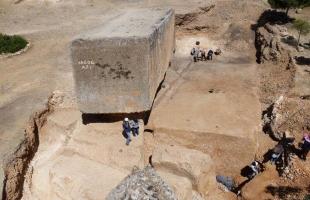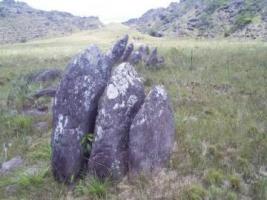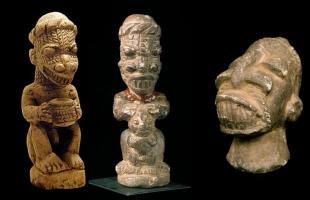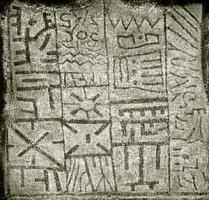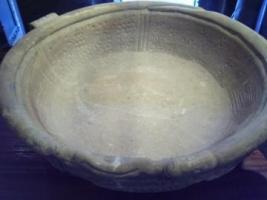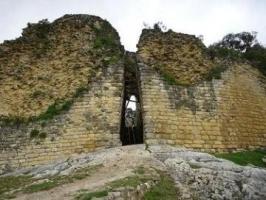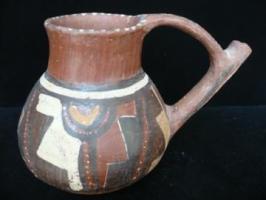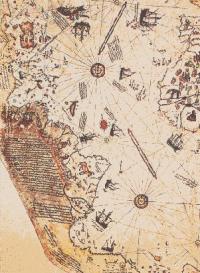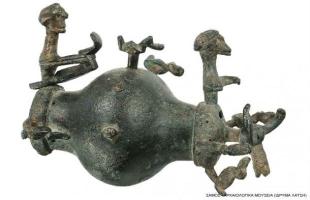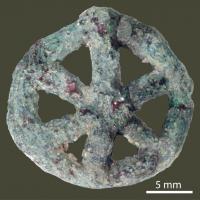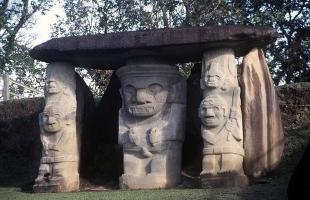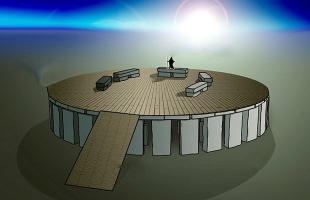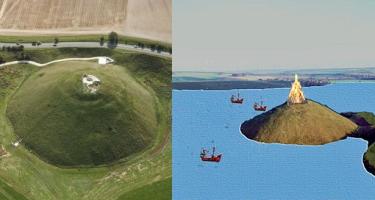The mysterious Jinkiori monolith, heritage of the Huachipaeri culture

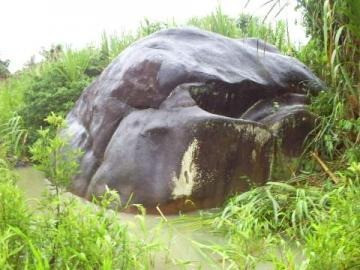
To know the prehistory of the Amazon, it is necessary to archaeologically study any ancient traces of human remains or artifacts in the immense area of the great river basin. The petroglyphs and cave paintings are key elements to understand the complex cosmogony and ritual symbolism of the people who lived in the area.
Sometimes, as in the case of the petroglyphs of Quiaca (department of Puno), they are symbols used to indicate the path or route used to reach a different place in the jungle. Other times, they are surprising rock libraries, which indicate the spiritual conception, anthropomorphic and zoomorphic symbols, as in the case of the Pusharo glyphs (Madre de Dios department). In other cases, you come across true totems, like that zoomorphic one from Tambo (junín department).
In the case of the Jinkiori monolith, located near the Queros River, in the department of Cusco, in Peru, the analysis of the petroglyphs, but especially of the ritual use of the entire stone, is much more complex.
First of all, the rock, huge and isolated, does not seem to be connected to any other, although about 200 meters away is a similar, but smaller rock. Geologically, it seems to have a volcanic origin, but there are no active volcanoes in the area, furthermore, it is not connected at all with any other stone of the same consistency, since it is in the middle of soft and floodable terrain.
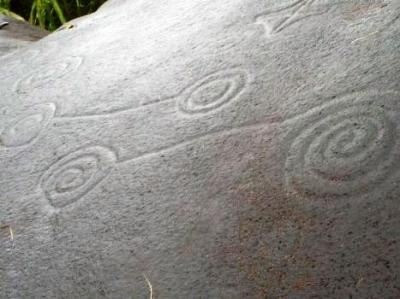
Some researchers developed the hypothesis that it is a piece of meteorite, but it does not seem possible to me, since the tremendous impact with the Earth's atmosphere must have disintegrated it. It is likely that the rock was venerated by the ancient people of the area, ancestors of the Huachipaeri, indigenous people of the Arakmbut language, who have lived in the region since ancient times.
Its land of origin is the Kosñipata valley, whose access is at the confluence of the Queros, Pilcopata and Tono rivers, where today the town of Pilcopata arises. Since the time of the Incas, the Huachipaeri carried out constant exchanges with the Andean peoples. The Incas themselves had established some bases in neighboring valleys, such as Mameria (near the homonymous stream, a tributary of the Maestrón), where some Mitimaes or Mitmaqkuna (Inca settlers) were involved in the production of coca.
In the 20th century, the constant expansion of Peruvian settlers from Lima, Arequipa or Puno threatened the delicate balance of the Huachipaeri in their valley.
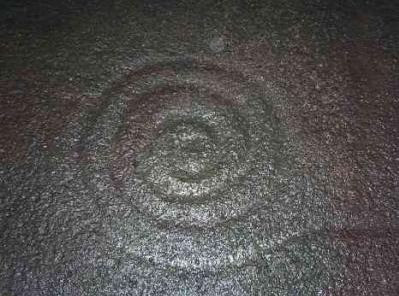
Today, the Huachipaeri number approximately 80 and live in the two communities of Queros and Huacaria. The very existence of this ethnic group is in danger, precisely due to the increasingly frequent incursions of businessmen into the area in search of new lands for livestock farming or lucrative mining activities.
The petroglyphs, which were incised directly into the monolith, recall signs of Amazonian cultures such as spirals, twisted chains, double triangles. A strange figure called “the key” is also found there. In my opinion, these rock incisions could be abstract representations of mythologies or cosmological conceptions, created by subjects who were under the influence of hallucinogenic plants such as ayahuasca (yajé).
One of the most interesting features of the monolith is a kind of basin, as seen in the photograph.
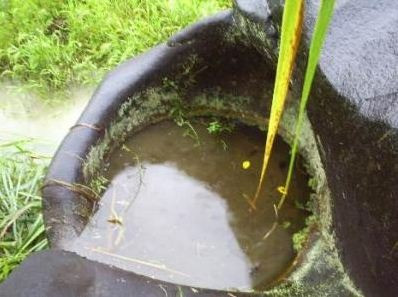
It is possible that this cavity is completely natural, but after closer observation, it can be concluded that it also has a partial artificial origin. In fact, polished parts can be seen right on the edges of the basin itself, as if they had been made by man. Some archaeologists developed the hypothesis that the basin was used as a container to put corn to later transform it into chicha, a typical South American drink, or masato, a cassava-based infusion, characteristic of the Amazon. However, there are other theories: the basin could have been used to purify an adolescent by immersing him in its rainwater or to baptize an infant and thus make him enter the world of adults.
During a recent trip to Cundinamarca (Colombia), in the archaeological zone of Facatativá, I found, to my surprise, a rock very similar to the Jinkiori monolith, which has the same cavity in one of its parts, a kind of “ceremonial basin.” Although the Amazonian ethnic group of the Queros valley probably had nothing in common with the Muiscas who lived in the Cundinamarca plateau, it is possible that the cult of some monoliths considered important by the local communities was part of several Amazonian and Andean cultures, the which partially modeled these stones creating “ceremonial basins” that were used for purifying rites.
YURI LEVERATTO









